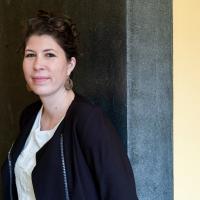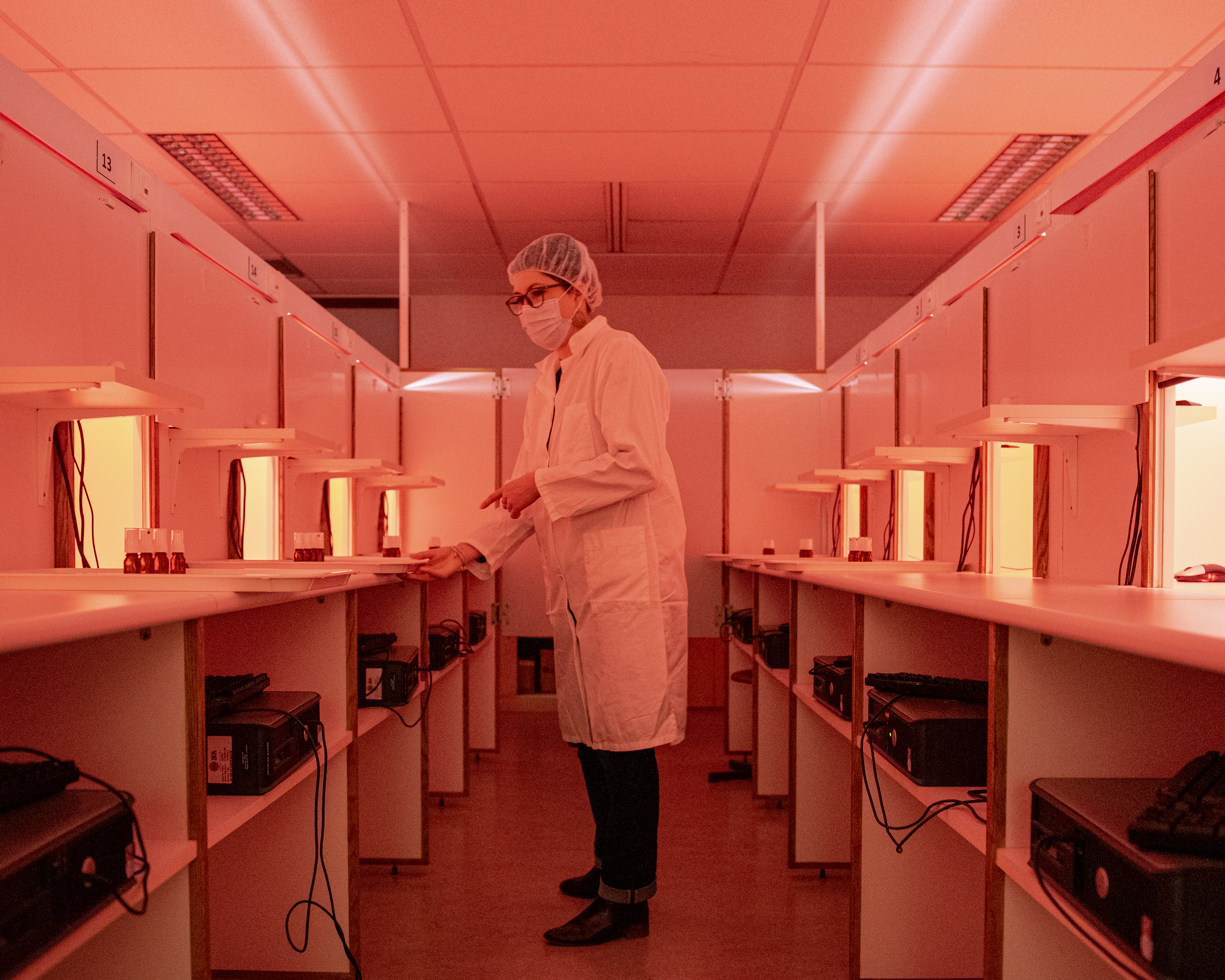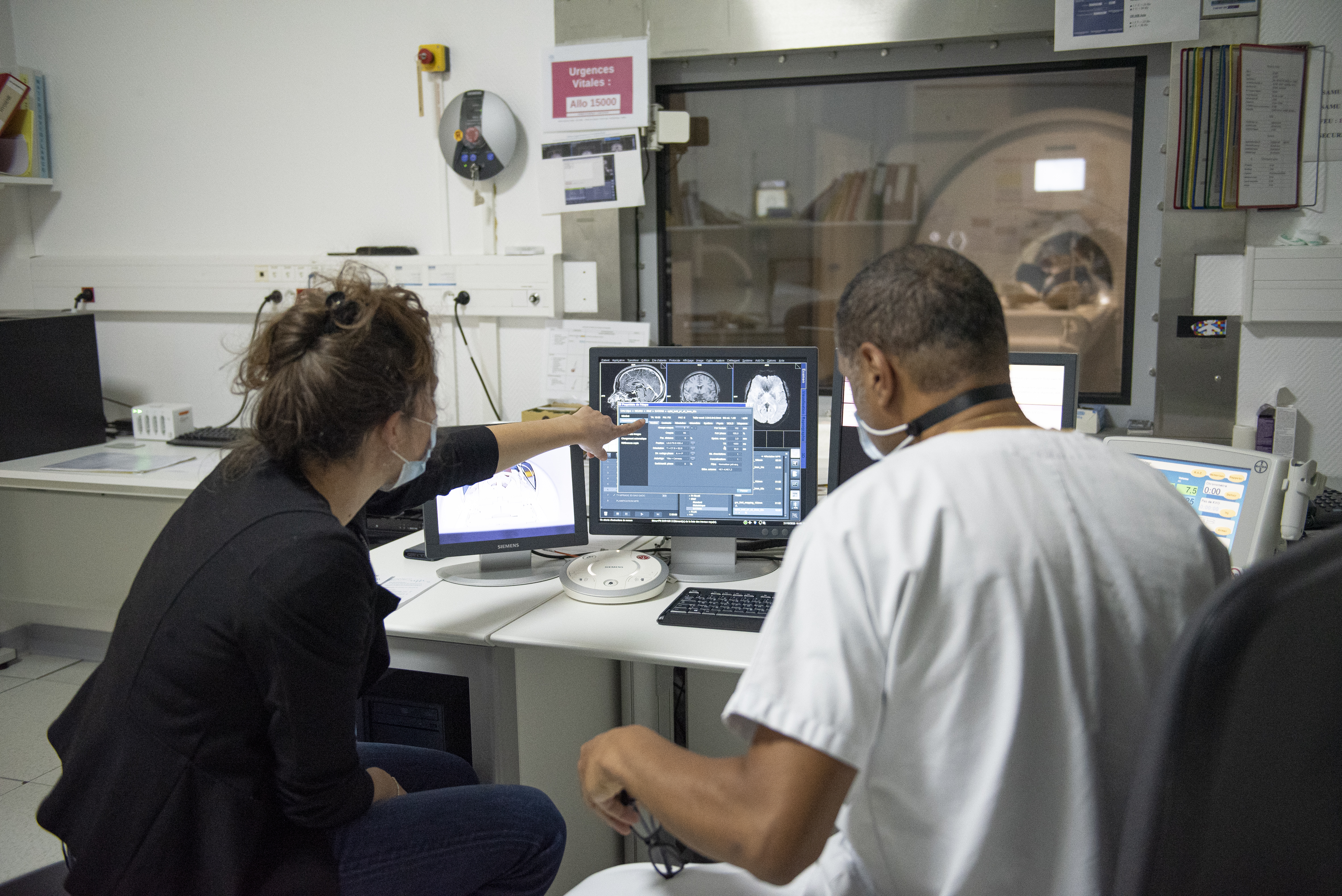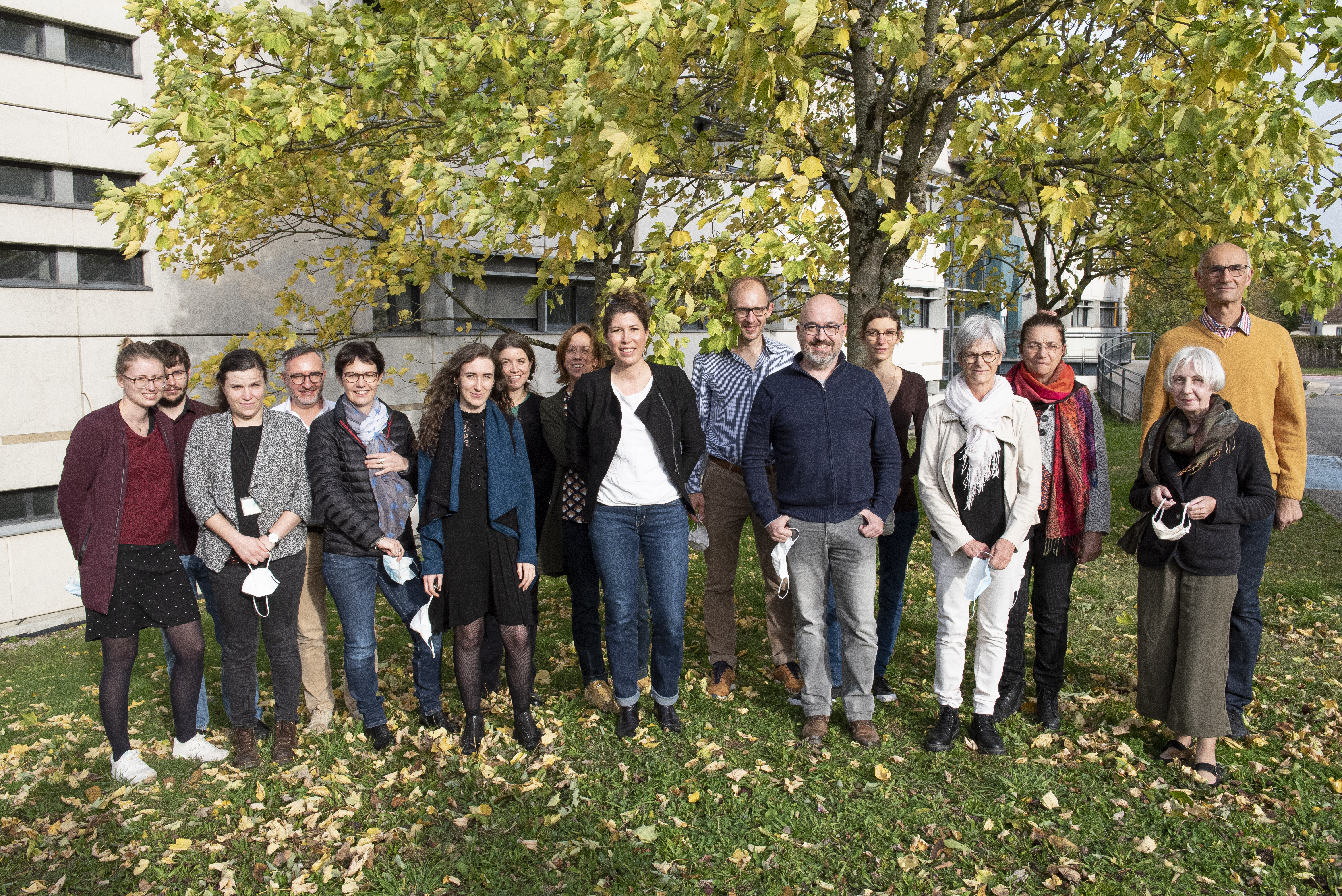
Food, Global Health Reading time 5 min
Charlotte Sinding, a question of good taste
Published on 08 December 2020
Don’t tell Charlotte Sinding that she studies taste. Certainly not! For her, it’s all about flavour — the combination of a food’s smell and taste properties, whether sweet, salty, sour, bitter or umami. She’s particularly focused on the brain mechanisms responsible for the perception of taste and smell that allow us to have a mental representation of a food.
From studying animal behaviour to neuroscience, there’s just one step (or almost)
A deeper understanding of what happens in the brain
While today Charlotte is a researcher in neuroscience, nothing in her youth suggested she would go on to study the brain. Always curious and observant, Charlotte was interested in animal behaviour from a very early age and wanted to study it — a field known as ethology. “When I was young, I could spend hours looking at insects and drawing them.” Passionate about the subject, she pursued studies in science that brought her to the University of Rennes for a Master’s degree in ethology. She then went on to prepare a PhD at the University of Dijon on the perception of odour mixtures and how the brain processes information from different olfactory molecules. It was one part ethology, studying the behaviour of young rabbits when exposed to various odours, and one part neuroscience, to examine the same responses in the human brain. It was a light-bulb moment for her. Driven by her need to understand the fine details of what was going on, Charlotte turned to the in-depth study of the brain mechanisms at work in taste perception. “I’ve always been interested in the question of perception. But to really understand what is going on, eventually, you have to look at what is happening in the brain.” She hasn’t left ethology behind, however. At present, Charlotte is working with a colleague on food behaviours in mice. She’s also looking to develop a project with another researcher to study scent-related social behaviours in monkeys.
Studying flavour
Flavour is the combination of tastes and odours
Odours are an essential part of how foods taste; it’s how we can tell if we’re eating an apple or an onion. Charlotte’s research focuses on the role odours play in our taste perception. To find the answers, she looks at what is happening in the brain. She believes that adding certain odours, such as vanilla or lychee, to a drink create a perception that the drink is sweeter than it really is. Using this, it may be possible to reduce sugar or salt in certain foods by adding scents, or heightening already present scents, that are associated with sweetness or saltiness. Charlotte is studying this in populations with different dietary behaviours by looking at, for example, what is happening in the brain of a person with obesity compared to an average-weight person, or what happens in people with different culinary habits because of their cultural background. In France, for example, vanilla is associated with sweet flavours because of frequent exposure to this common combination in baked goods and dairy products like ice cream. This is not always the case in other cultures. In Vietnam, for example, citrus flavours are most associated with the perception of sweetness.

Behind lab doors
Her tools? Olfactometers, gustometers, electroencephalograms and MRIs
With her lab coat on, Charlotte gets to work on the taste sensor machine — no small feat, since it takes over an hour to get it ready. It’s a complex device that only she and the doctoral student she supervises know how to use. The gustometer is the result of four long years of work to bring together neuroscience technology with instruments to stimulate odours and tastes, and a digital interface to provide instructions to test subjects and to monitor their responses. Test subjects sit facing a computer wearing an electrode cap and are given a dose of a sweet drink orally. The drink has varying degrees of sweetness and may have an odour added as well. Charlotte observes waves in an electroencephalogram (EEG) that indicate in real time the sequence the brain processes the information. In this way, it is possible to see the order the information was processed and which areas of the brain were involved. The journey to develop these techniques has been a long one, which Charlotte has been working on since her arrival at INRAE. Before her experiments could even begin, she first needed to identify suitable scents for the process to be observable in the brain. Vanilla was identified as a good odour candidate — but not all sources of vanilla scent are created equal. Vanillin in particular was the strongest trigger for the perception of sweetness. Then Charlotte had to identify the correct sugar-to-scent ratios, first in a chemical sense and then from a sensory point of view, which was done with volunteers carrying out blind testing in sampling rooms. Magnetic resonance imaging (MRI) is also used to carry out this testing, which is done in partnership with the University Hospital of Dijon. The MRIs make it possible to have a detailed understanding of the regions of the brain that are activated when drinking the water with varying degrees of sweetness and with and without added scents. In people with obesity, there is a decrease in the amount of grey matter in certain regions of the brain associated with perception. Rather than suggesting a dysfunction in the brain, Charlotte proposes that these regions work harder in people with obesity.

The brains of the operation
Charlotte’s testing process took a long time to develop, but good things come to those who wait. “What really surprised me in the most pleasant way is that this Award is given not solely on the basis of published results but on the work and projects we have underway,” she says. And Charlotte certainly has plenty of projects on the go! An EEG of her own brain would no doubt reveal all regions of her brain going full tilt, given the number of ideas and plans she has for the next phase of her research. Already, a new project called Aroma was recently accepted by the French National Research Agency (ANR). Its aim is to use MRI data to map brain activation associated with odours and tastes in people of different weights, this time studying the perception of saltiness. Another avenue for exploration is to carry out similar tests using media other than liquids, although there are a number of methodological hurdles that must be overcome to make this possible. Charlotte also wants to explore the link between cultural background and taste perception by comparing the reactions of Mexican and French people to various odours. She is also looking to study the effects past experiences can have on perception. “I would like to experiment with unfamiliar scents that aren’t associated with sweet or salty. At what moment is a perception of sweet associated with an unknown scent?”
Exploring the uncharted territories of the brain, for Charlotte, the future smells rosy.
What I love about INRAE is all the different disciplines working alongside one another. One colleague may be studying the physical processes involved in taste, another the chemistry of taste, while another may be studying chewing or the psychology involved. Working in such an environment is really stimulating. It allows you to think about things differently, to consider your work from alternate perspectives and to see how the pieces all fit together. Ultimately, we are all working on the same question: how does taste work? But we’re all approaching it from different angles.
Sharing a taste for science
Passionate about her work and sharing it with others, Charlotte Sinding is involved in the dissemination of science research. During her PhD thesis, she participated in Experimentarium, a project organised by the University of Burgundy to facilitate interaction between researchers and the general public. “It encourages you to explain things clearly, develop your ideas and hone your line of thinking,” she explains. According to Charlotte, this kind of dissemination work “broadens our horizons” as scientists and puts researchers into contact with people who may wonder about the legitimacy of certain kinds of research, especially when it does not seem to have a direct or immediate application. Charlotte defends the need for basic research, however. “Basic research is very much necessary. There remain so many things we don’t yet understand about how sensory perception works that we could use to improve the food we eat.”

- 35 years old, civil union
- 2015 – joined INRAE as a researcher at the Center for Taste and Feeding Behavior (UMR-CSGA)
- 2012 – post-doctoral researcher at the Interdisciplinary Centre for Smell and Taste in Dresden, Germany — Brain functions of the olfactory system
- 2009 — PhD from the University of Burgundy, Perception of odour mixtures — Sens & Co Student Award from the European Sensory Science Society
- 2008 — Masters in ethology from the University of Rennes
- Interests: sculpture as a creative outlet, rowing as a substitute for the sea that she misses, and travel for this cosmopolitan Norwegian who has lived in Portugal, Normandy and Germany
